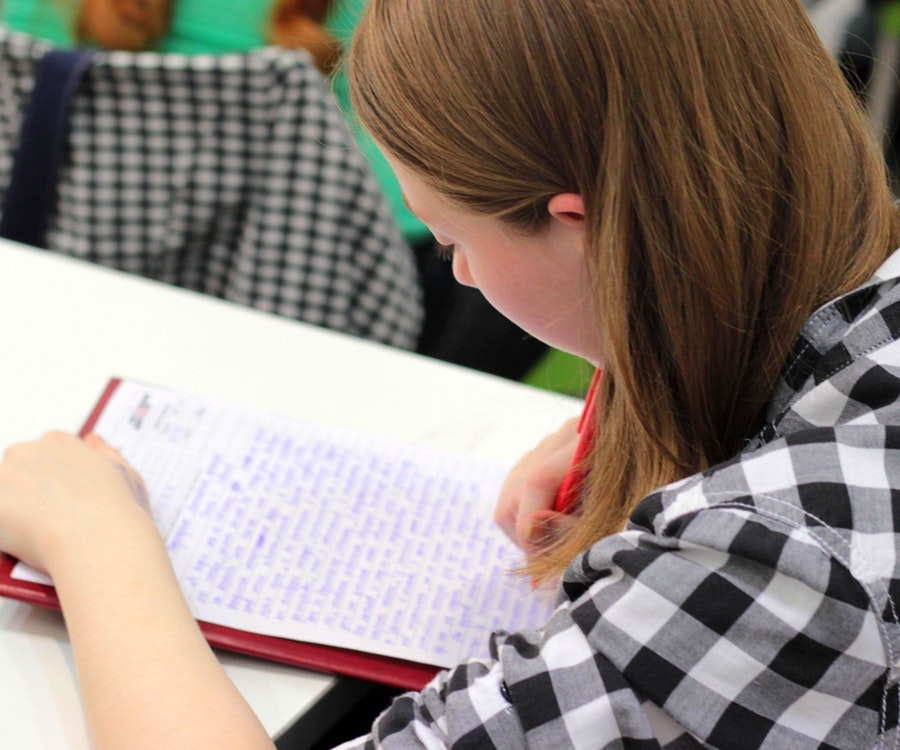Writing is a heavy job for many people. While it is so easy to write with less effort: break your writing assignment into pieces. “Make an essay on a subject that you hardly know anything about. And speak out loud while writing.” That was the assignment with which we as a high school students were sent out on the road.

While I was thinking aloud and writing sentences, a fellow student had to observe my behavior, record my statements on a cassette tape and later analyze my writing strategy. Then we reversed the roles and studied the approach of my fellow student.
A lot of drudgery, but no brilliant pieces
In retrospect, it was a pretty false assignment.
We went massively into the fog. And that while most of us thought they could write a nice essay. But from the analyzes we made of each other, it turned out that everyone had been working hard. At least as disconcerting: nobody had produced a brilliant piece.
It soon became clear how that came about.
Almost everyone immediately started writing. We had never heard of mind maps or other inspiration techniques. We pondered for a long time on a great initial sentence and started again many times.
We scratched after sentence.
Meanwhile, we were extremely worried about our writing style and the correct spelling. All in all, the frustration grew and the desire for further writing disappeared.
Too many tasks at the same time
Despite all the repugnance, this assignment has opened my eyes. It went wrong because we wanted to have a perfect piece flow out of our pen in one go.
We performed many tasks at the same time : forming ideas, looking for direction, writing and final editing. That is far too much for our brain. No wonder we found the writing assignment so terribly laborious. It is easier and ultimately more efficient to divide a writing assignment into pieces. That also applies to all kinds of other creative assignments, I now know.
That works like this:
1. Collect information
Go talk to other people, do research on the internet, save your notebook and take other activities to gather information. Think about your message and the people who will read your text.
Do you first think about the text? Write them down, because then you have a starting point. If this is your first assignment, and have no idea how to start your essay? You can easily find hundreds of samples online or ask for help from research paper writing service provider.
2. Compose a raw shape
Write in loose pieces without worrying about introduction, core or lock.
3. Beautify and improve
Make a logical whole of the raw text. Choose one focus and delete everything that is superfluous.
Then devote yourself to beautiful writing: search for better formulations, add attractive examples and use compelling words.
4. Set the dots on the i
Check again the information used for correctness, pay attention to the spelling, read (aloud) whether the sentences run well, beautify and clarify.
Does the text still contain one central topic? Is the whole piece written in the same style?
5. Sleep overnight
Leave your work overnight and look at it again with a fresh look the next morning. Ask someone else to read your paperwork. Another person always sees things in your text that you yourself overlook.
Writing is not perfect at once
Since I learned to write in this way, it has become much easier for me. It does not have to be good at once; rather not even. Now I want so much that primary schools and secondary schools already spread this message to students. So that in peace of mind they write a piece in the expectation that shifting, scraping and deleting will eventually be all right.

